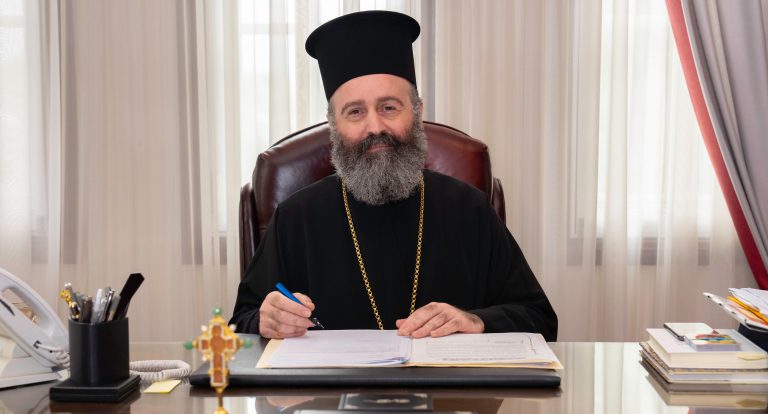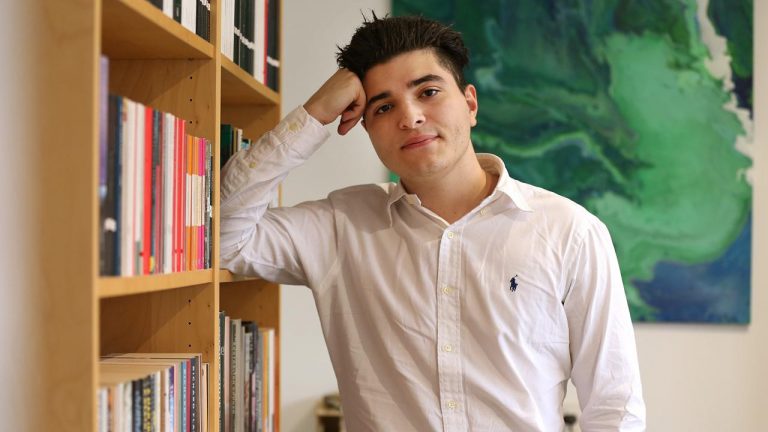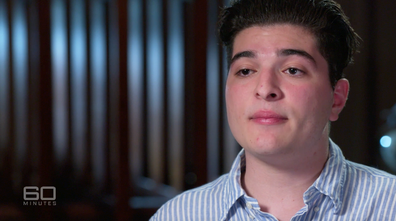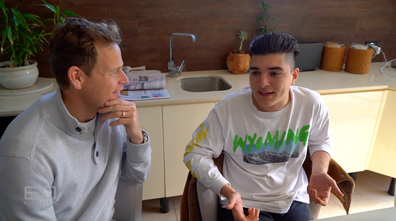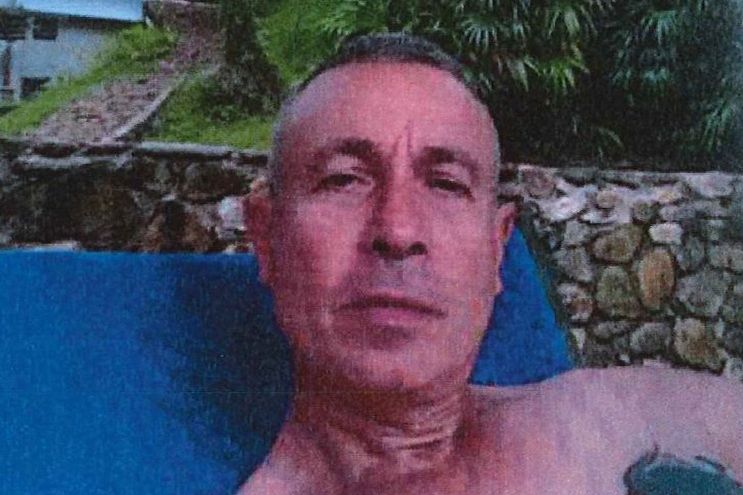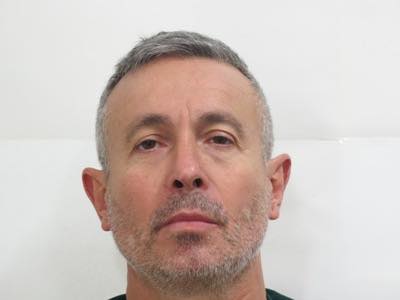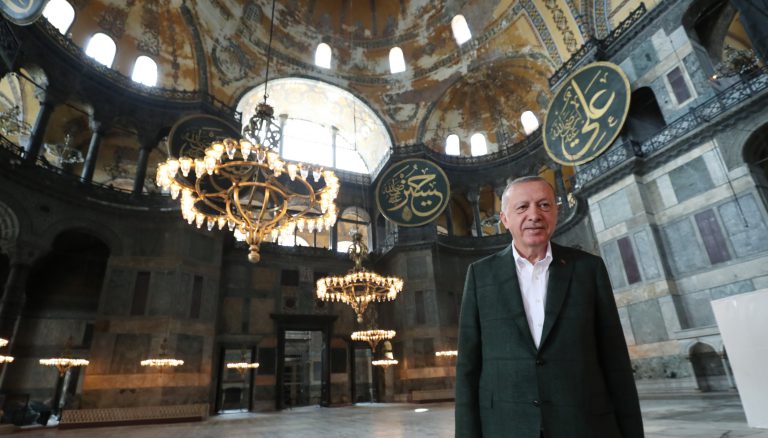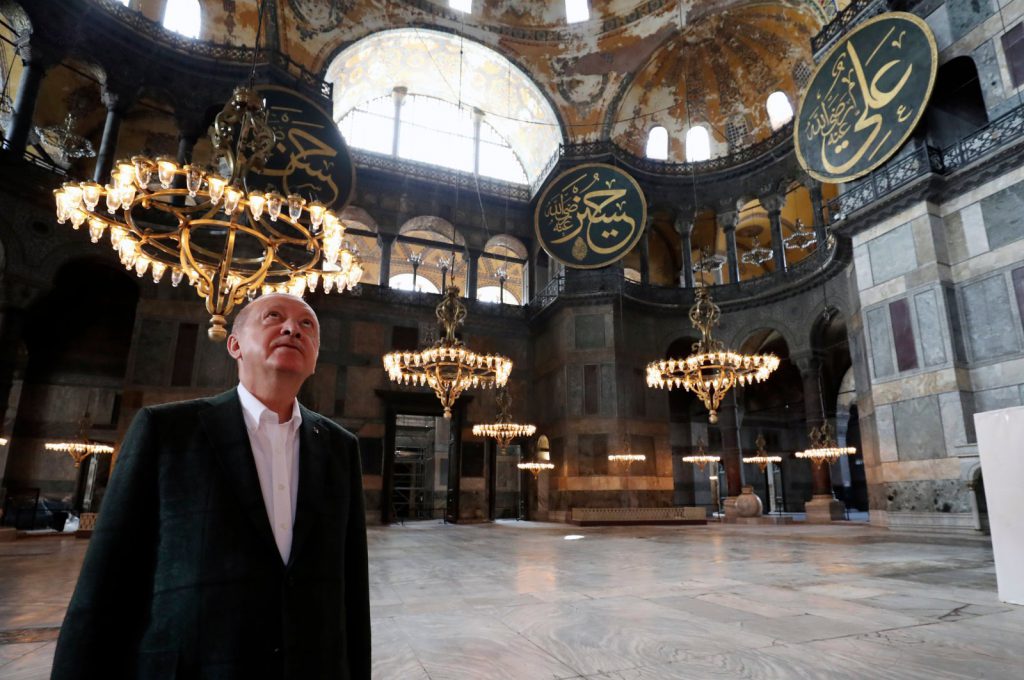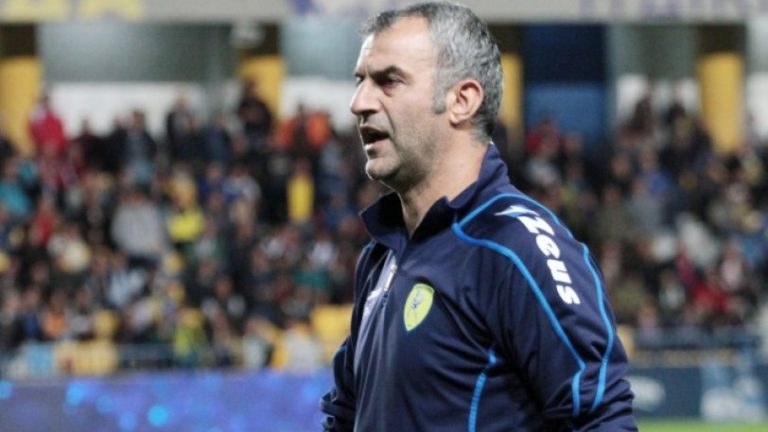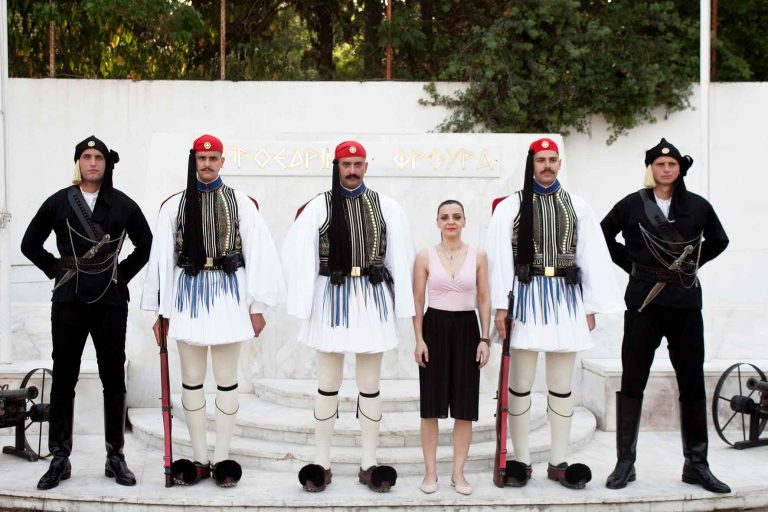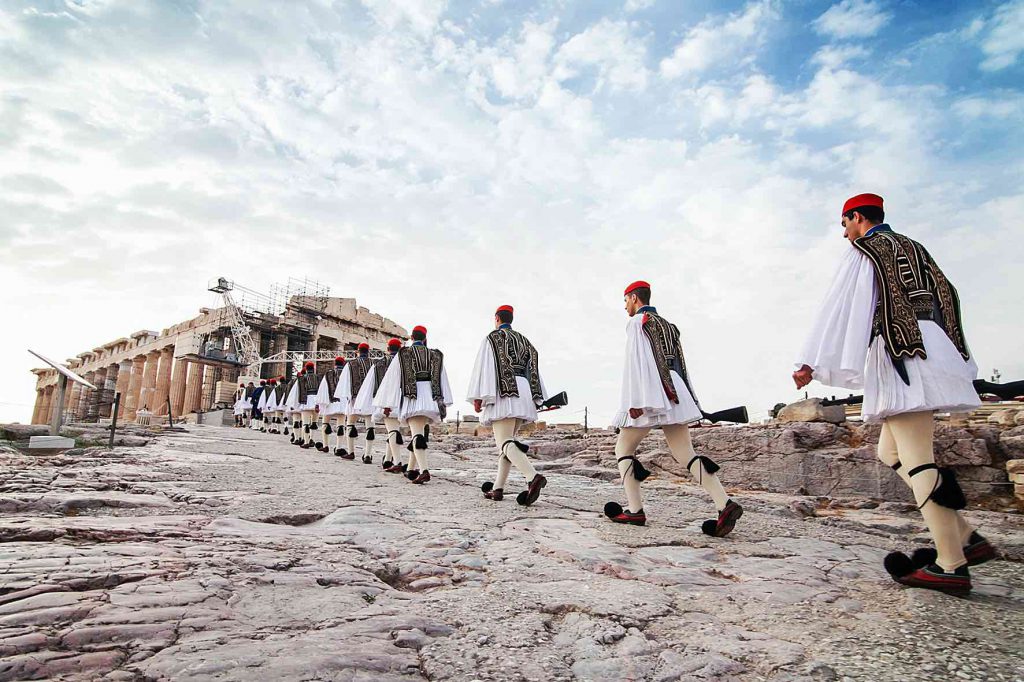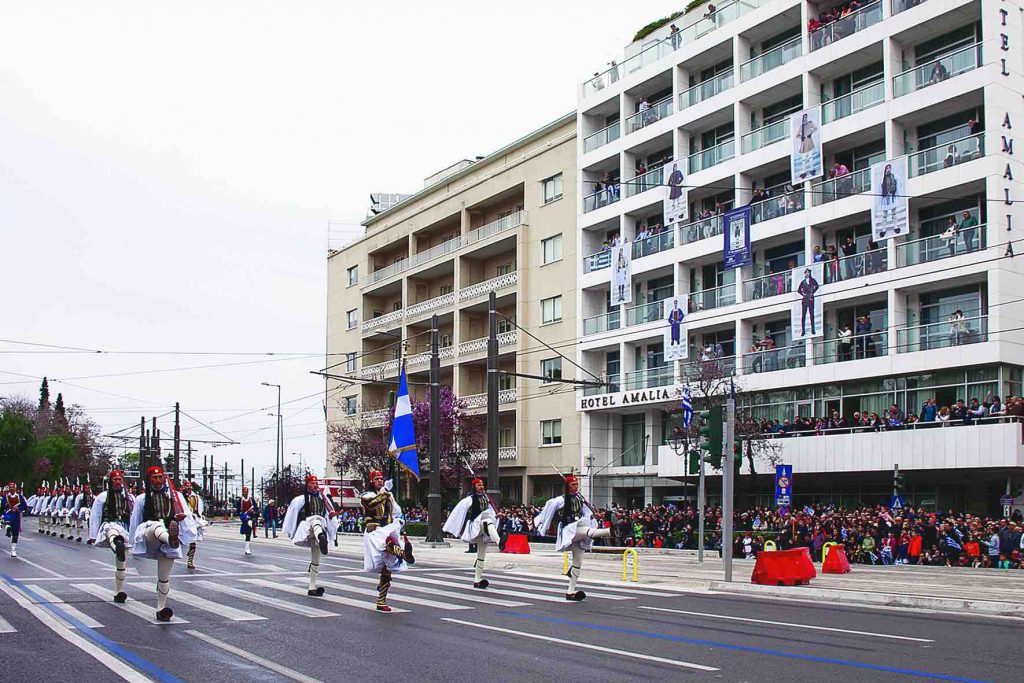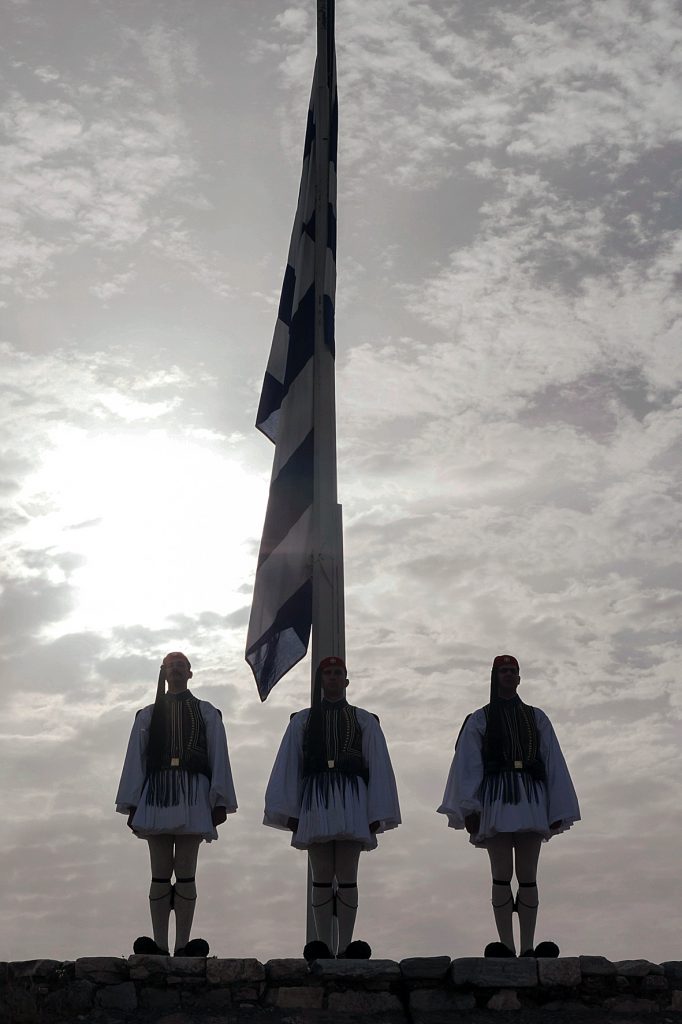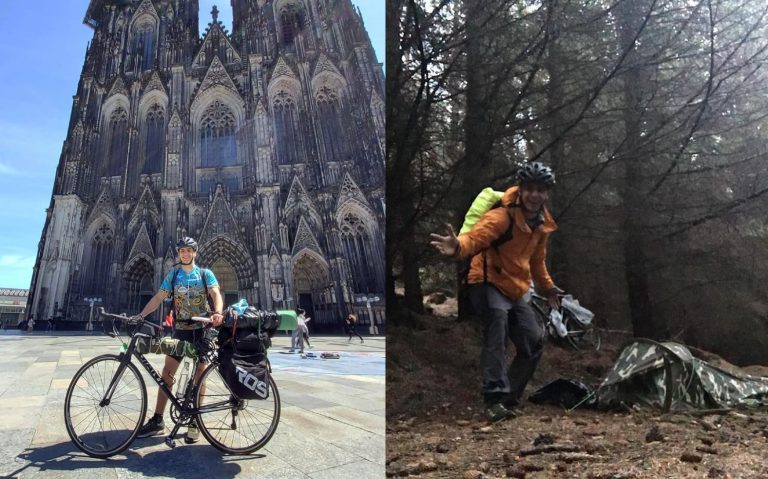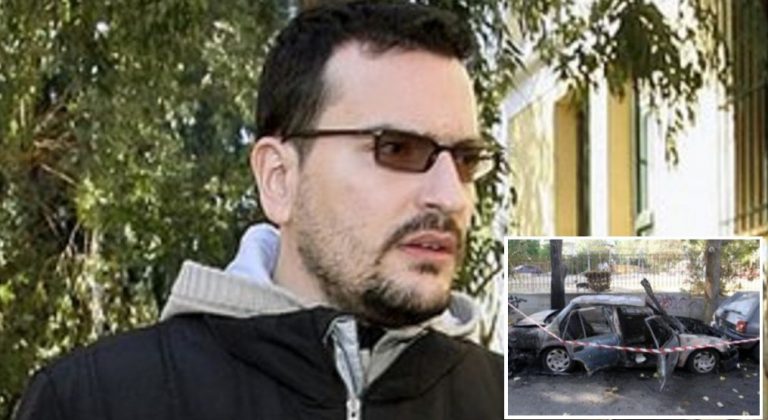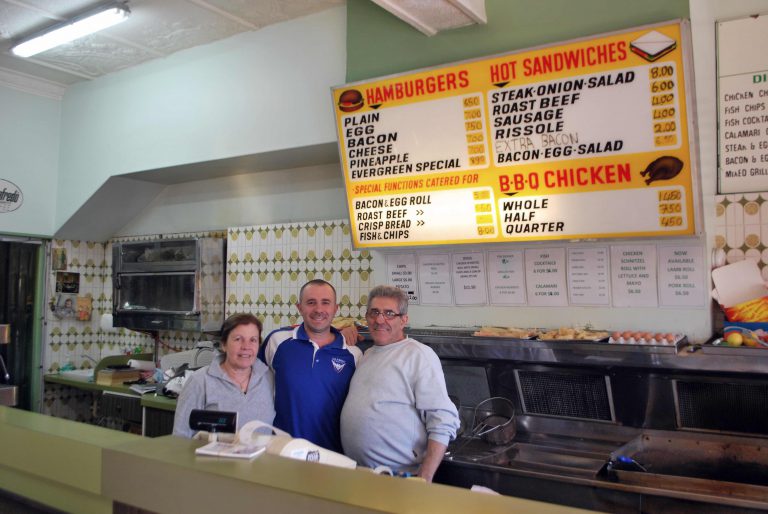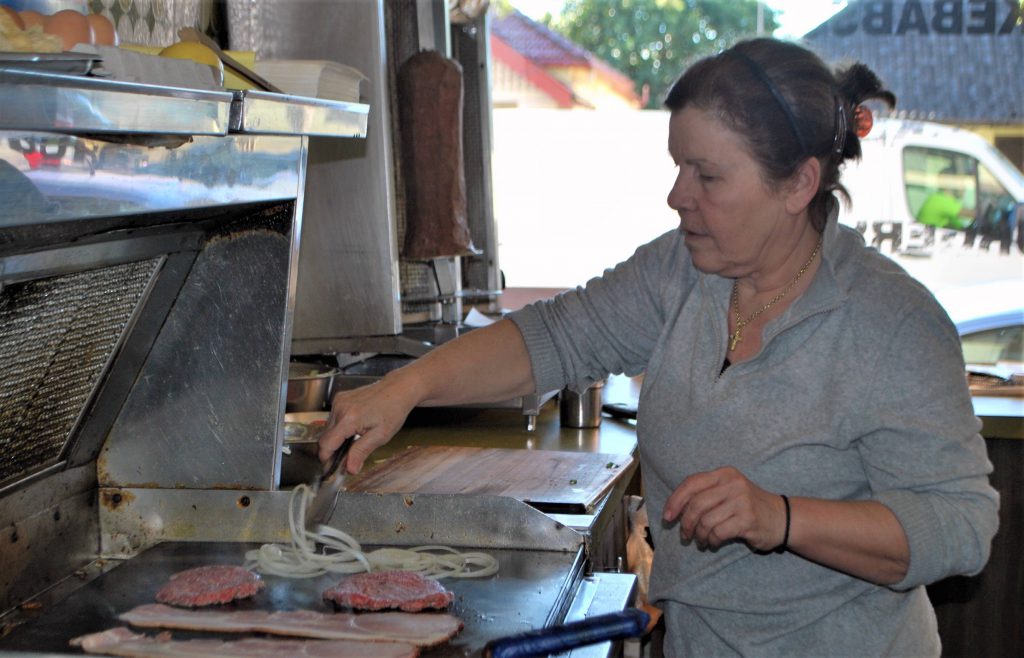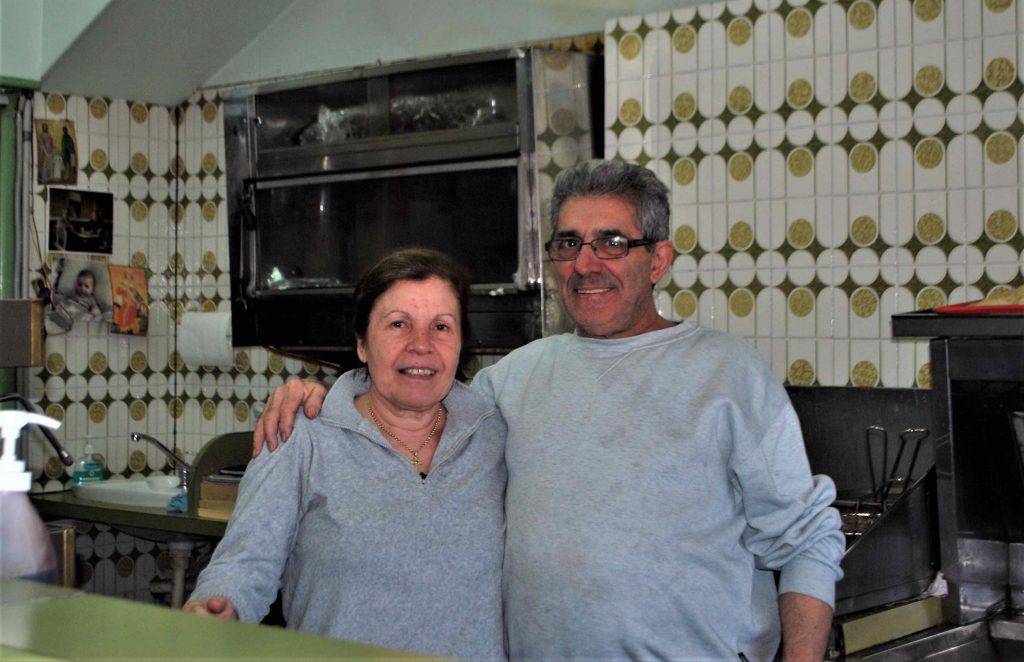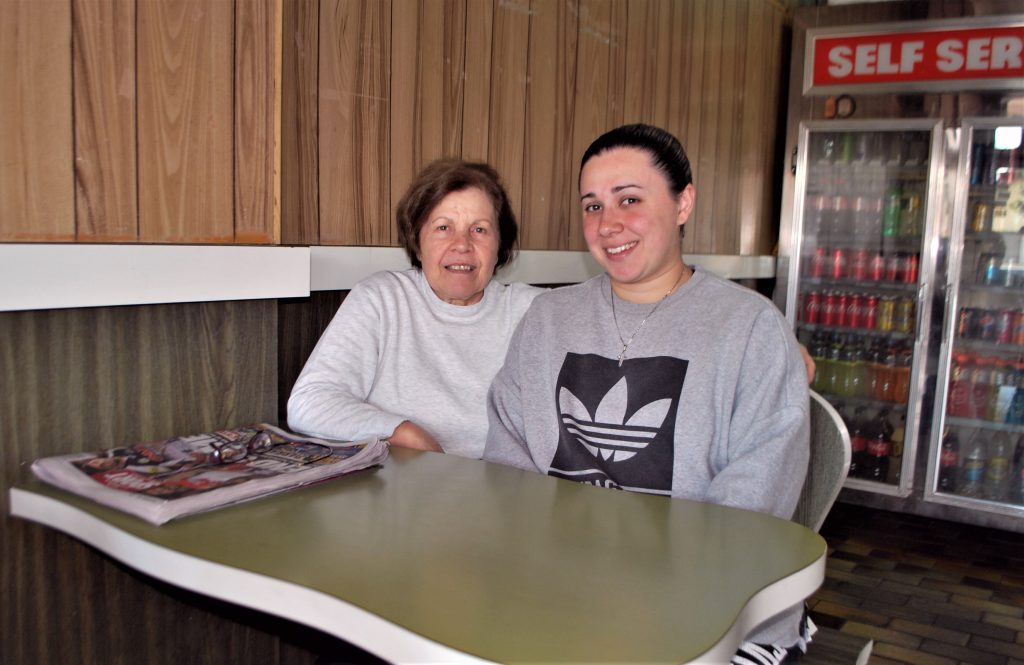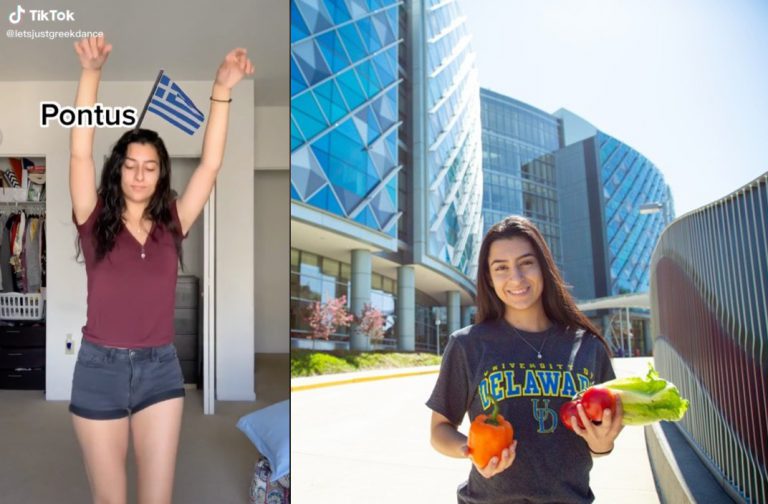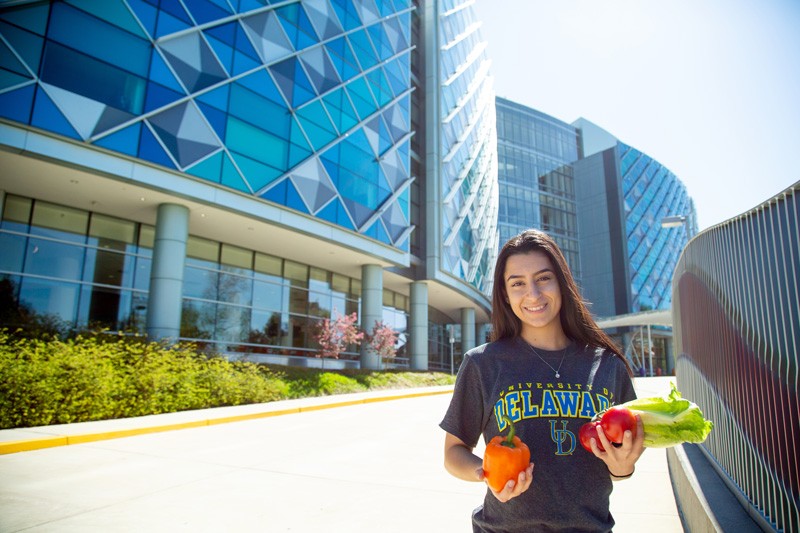His Eminence Archbishop Makarios of Australia has released a statement to mark the 46th anniversary of the Turkish invasion of Cyprus.
Full message in English:
Today marks 46 years since the invasion of our martyred Cyprus by Turkish troops. It has been 46 years since a deep wound was opened in the body of Megalonisos, which unfortunately remains open.
On the occasion of this sad anniversary, we recall the tragic events of July and August 1974 and, above all, we bow with respect to the memory of our heroically fallen Cypriot brothers. At the same time, we reaffirm a sacred commitment of Greeks everywhere: To keep the historical memory alive! Let’s not forget!
We do not forget the sufferings caused to the Cypriot people by the “Attila” invasion. We do not forget the thousands of dead, missing and injured, nor the families of the victims who were left behind and suffering. We do not forget the 200,000 people who were violently uprooted from their ancestral homes. We do not forget that for 46 years the martyr island remains divided, with 37% of its territory being illegally occupied.
As the Holy Archdiocese of Australia, listening to the anguish of our expatriates and of the approximately 100,000 originating from the Megalonisos, we insist on resisting oblivion and consistently promoting the rights of the Cypriot people, at all levels, where possible.
Being deeply aware of our responsibility, we unite our voice with those of the Church of the Martyrdom of Cyprus and His Eminence Archbishop Mr. Chrysostomou, the political leadership of the country and all those who claim a fair and sustainable solution to the Cyprus issue, with the prospect of liberation and reunification of the island.
At the same time, we pray to God to live soon the blessed day when reconciliation, unity and peace will prevail in the martyr Megalonisos.

Full message in Greek:
Συμπληρώνονται σήμερα 46 χρόνια από την εισβολή των τουρκικών στρατευμάτων στη μαρτυρική μας Κύπρο. Πέρασαν 46 χρόνια από τότε που άνοιξε μιας βαθιά πληγής στο σώμα της Μεγαλονήσου, η οποία δυστυχώς παραμένει ανοιχτή.
Με αφορμή τη θλιβερή αυτή επέτειο, φέρνουμε ξανά στη σκέψη μας τα τραγικά γεγονότα του Ιουλίου και του Αυγούστου του 1974 και, πρωτίστως, υποκλινόμαστε με σεβασμό στη μνήμη των ηρωικώς πεσόντων Κυπρίων αδελφών μας. Ταυτόχρονα, επαναβεβαιώνουμε μια ιερή δέσμευση των απανταχού Ελλήνων: Να διατηρούμε την ιστορική μνήμη ζωντανή! Να μην ξεχνάμε!
Δεν ξεχνάμε τα δεινά που προκάλεσε στον κυπριακό λαό η εισβολή του “Αττίλα”. Δεν ξεχνάμε τους χιλιάδες νεκρούς, αγνοούμενους και τραυματίες, ούτε τις οικογένειες των θυμάτων που έμειναν πίσω και υποφέρουν. Δεν ξεχνάμε τους 200.000 ανθρώπους που ξεριζώθηκαν βίαια από τις πατρογονικές τους εστίες. Δεν ξεχνάμε ότι εδώ και 46 χρόνια το μαρτυρικό νησί παραμένει διχοτομημένο, με το 37% του εδάφους του να τελεί υπό παράνομη κατοχή.
Ως Ιερά Αρχιεπισκοπή Αυστραλίας, εισακούγοντας την αγωνία των Ομογενών μας και δη των 100.000 περίπου καταγόμενων από τη Μεγαλόνησο, επιμένουμε να αντιστεκόμαστε στη λήθη και να προβάλλουμε με συνέπεια τα δίκαια του κυπριακού λαού, σε όλα τα επίπεδα, όπου αυτό είναι εφικτό.
Έχοντας βαθιά επίγνωση της ευθύνης που μας αναλογεί, ενώνουμε τη φωνή μας με αυτές της Μαρτυρικής Εκκλησίας της Κύπρου και του Μακαριωτάτου Αρχιεπισκόπου κ.κ. Χρυσοστόμου, της Πολιτικής ηγεσίας της Χώρας και όλων εκείνων που διεκδικούν μία δίκαιη και βιώσιμη λύση στο Κυπριακό ζήτημα, με προοπτική την απελευθέρωση και την επανένωση του νησιού.
Παράλληλα, προσευχόμαστε στον Θεό να ζήσουμε σύντομα την ευλογημένη εκείνη ημέρα που στη μαρτυρική Μεγαλόνησο θα επικρατήσει η συμφιλίωση, η ενότητα και η ειρήνη.
